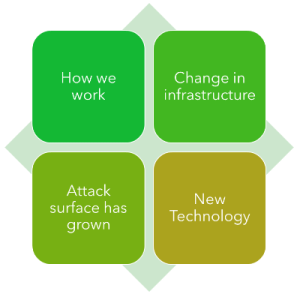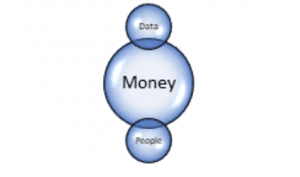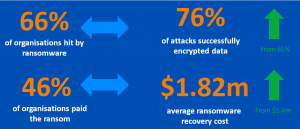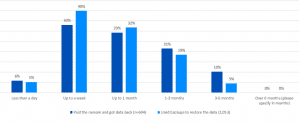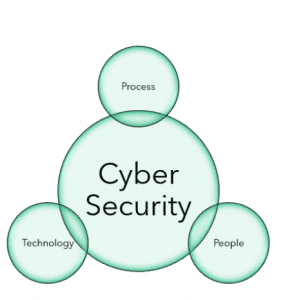CTO Insights January 2024
A new year, a new set of technology challenges and opportunities to tackle in 2024. As always with a new year, it’s a chance to look forward. This being IT let’s not look too far forward though! What’s likely to be challenging us in the first part of 2024?
No escaping the AI beast
The use of AI will continue to dominate business IT conversations. Microsoft’s co-pilot, OpenAI, Google etc are all continuing to push driving these technologies into every area of our lives. Co-Pilot is a particularly interesting one, with Microsoft already including it as an app in Windows 11, free as part of its Bing Chat service, and of course as an increasing presence across Microsoft 365.
It’s not just here though. At the recent Consumer Electronics Show (CES2024) AI was front and centre. This included the intriguing Rabbit R1 which is an AI-powered “pocket companion”, imagine a smartphone with an AI interface. Techradar also ran a story from CES about Volkswagen being the latest car manufacturer to build ChatGPT into their cars, although I’m not sure I’m quite ready for that, it shows how AI will continue to become ever more pervasive.
As IT business leaders we do need to prepare for this and have the appropriate controls in place to protect to ensure we use AI appropriately in both business and personal settings.
The Cybersecurity threat isn’t going anywhere
No surprise here as cybersecurity is never going to be done. A friend of, Kirk Ryan, recently posted this blog regarding cybersecurity trends in 2024. Two tips caught my attention. His “AI Arms Race” pointed towards the cyber security threat posed by AI. How technology such as deepfake presented new threats that in reality are difficult to stop. This is an emerging area business and security leaders need to understand and find ways to identify these threats, much of this will need to be manual, however, as right now it’s hard for technology alone to stop.
He also discusses “The Great Cloud Caper. Cloud has certainly increased the threat posed by leaked credentials and poorly configured security. While leaked credentials leading to the deletion of cloud infrastructure is thankfully rare, less rare is the threat posed by misconfigured cloud accounts and services, we continue to hear of misconfigured cloud repositories leading to significant data leaks.
How secure is your cloud infrastructure? This is a question we should all be asking. Certainly, we should be carrying out regular basic security auditing to ensure we don’t have basic misconfigurations. We should ensure we are not over-provisioning guest access to our Teams groups and SharePoint sites or having under-protected, over-elevated accounts that if breached can be used to raise havoc in our cloud environments.
Managing Costs
Not surprisingly, we are going to see continued economic pressures on business and IT is a part of that. Whether it’s capital expenditure or operational costs the need for better insights into them is becoming increasingly in demand, especially with cloud spend. Having insights, especially predictive insight, into cloud costs should be a consideration for anyone with any kind of complexity to their cloud environments, especially those with multi-cloud setups. Knowing the best place to run a workload, and understanding how to ensure you are right-sizing them can have a significant impact on overall costs reducing them significantly. But this is also true on-premises, making sure we are running a right-sized environment can reduce capital and operational costs. It’s a difficult area to manage, but it is, and rightly, going to stay high on the agenda as we move through 2024.
While no doubt there are other areas of interest, I imagine much of the initial part of 2024 will see us dealing with those three areas.
Tech Takeaways
New year, new episodes! In 2024’s first episode, we are discussing alternative networks. These are connectivity providers who live outside of the UK’s traditional BT and Virgin media networks. Alt-nets own their infrastructure and build their services, which opens a range of custom services that can appeal to businesses of all types. Is an Alt-Net something that you could use? Dave Ferry of ITS joins us to explain more. Find the video version here or if you prefer audio it’s here.
CTO Insights
In episode 2 of CTO Insights, I’m joined by NetApp field CTO, Grant Caley. With 20+ years at storage vendor NetApp, Grant has great experience and he shares a broad set of insights into the data industry. Join me as we explore the future of data ranging from cost optimisation to backup and recovery.
You can watch the video here or if you prefer listen to the audio version here.
Thanks for reading CTO Insights, look out for more coming soon.


